Title: Analyzing the Price of Major Minerals: A Guide to Smart Purchasing Decisions Introduction: In today’s rapidly evolving global economy, major minerals such as gold, silver, copper, and iron ore continue to dominate the international trade sector. Understanding the market dynamics and pricing trends of these minerals is crucial for businesses looking to make informed purchase decisions. This article aims to shed light on the factors influencing the price of major minerals and provide insights on navigating the purchasing process. 1. Market Demand and Supply: The fundamental principle of economics, supply and demand, plays a pivotal role in determining the price of major minerals. Metals like gold and silver are often considered safe-haven investments during times of economic uncertainty, leading to increased demand and upward price pressure. Conversely, when demand dwindles or new mining projects flood the market with supply, prices may decrease.
minerals
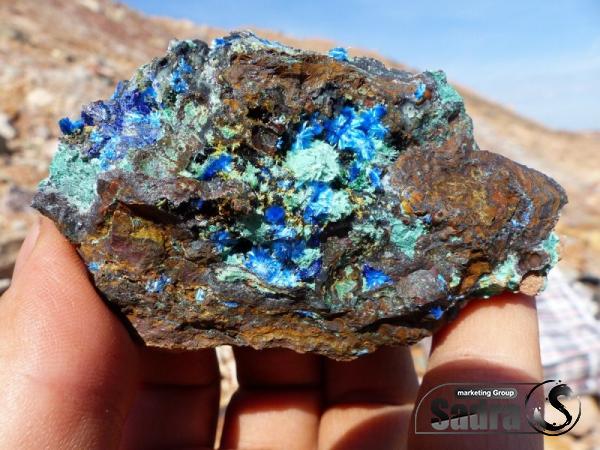 Staying updated on market forecasts and understanding the dynamics of global supply chains is essential for businesses to anticipate price fluctuations. 2. Geopolitical Factors: Geopolitical events, such as trade wars, political instability, and regulatory changes, can significantly impact the price of major minerals. For instance, trade disputes between major economies can disrupt supply chains and create uncertainties in pricing. Moreover, changes in government regulations, particularly in environmentally sensitive areas, may restrict mining activities and subsequently limit supply, resulting in higher prices. Stay informed about geopolitical developments and assess their potential impact on mineral prices to make strategic purchasing decisions. 3. Technological Advances: Technological advancements have revolutionized the mining industry, making previously inaccessible deposits economically viable for extraction.
Staying updated on market forecasts and understanding the dynamics of global supply chains is essential for businesses to anticipate price fluctuations. 2. Geopolitical Factors: Geopolitical events, such as trade wars, political instability, and regulatory changes, can significantly impact the price of major minerals. For instance, trade disputes between major economies can disrupt supply chains and create uncertainties in pricing. Moreover, changes in government regulations, particularly in environmentally sensitive areas, may restrict mining activities and subsequently limit supply, resulting in higher prices. Stay informed about geopolitical developments and assess their potential impact on mineral prices to make strategic purchasing decisions. 3. Technological Advances: Technological advancements have revolutionized the mining industry, making previously inaccessible deposits economically viable for extraction.
Specifications of minerals
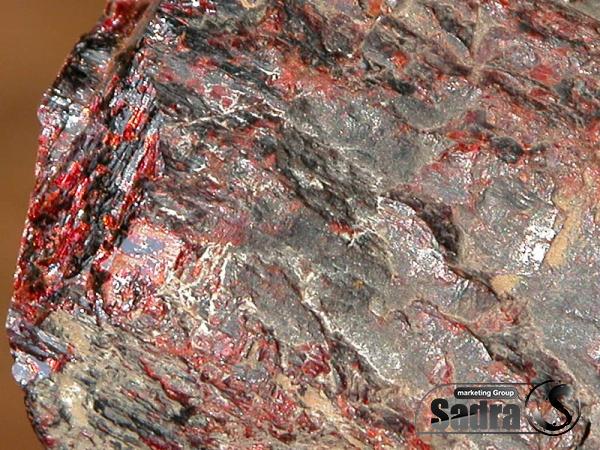 Improved mining techniques, automation, and innovative processing methods have increased efficiency and reduced costs, leading to more abundant supply and potentially lowering prices. Businesses should evaluate the impact of technological advancements on the market to gauge potential changes in mineral prices. 4. Environmental Considerations: Increasing awareness of environmental issues has led to stricter regulations in mining operations. Compliance with sustainable practices has become a crucial factor affecting the price of major minerals. Businesses that prioritize responsible sourcing and sustainable extraction methods are likely to garner better reputations and secure long-term supply agreements. Additionally, customers are increasingly inclined to support companies that practice ethical sourcing, resulting in potential pricing advantages. 5. Diversification and Risk Management: To mitigate the impact of price volatility, businesses should consider diversifying their mineral purchase portfolio. Investing in a range of minerals can help offset losses in one sector by gains in another.
Improved mining techniques, automation, and innovative processing methods have increased efficiency and reduced costs, leading to more abundant supply and potentially lowering prices. Businesses should evaluate the impact of technological advancements on the market to gauge potential changes in mineral prices. 4. Environmental Considerations: Increasing awareness of environmental issues has led to stricter regulations in mining operations. Compliance with sustainable practices has become a crucial factor affecting the price of major minerals. Businesses that prioritize responsible sourcing and sustainable extraction methods are likely to garner better reputations and secure long-term supply agreements. Additionally, customers are increasingly inclined to support companies that practice ethical sourcing, resulting in potential pricing advantages. 5. Diversification and Risk Management: To mitigate the impact of price volatility, businesses should consider diversifying their mineral purchase portfolio. Investing in a range of minerals can help offset losses in one sector by gains in another.
buy minerals
 Furthermore, maintaining healthy relationships with multiple suppliers and exploring alternative sources can provide flexibility and reduce dependence on a single supplier. Diversification helps businesses navigate market fluctuations and secure a stable supply of major minerals. Conclusion: Understanding the dynamics that influence the pricing of major minerals is crucial for businesses involved in their purchase. By staying well-informed about market demand and supply, geopolitical factors, technological advancements, and environmental considerations, companies can make strategic purchasing decisions. Diversification and risk management strategies further contribute to the sustainability and resilience of businesses in the mineral trade industry. While market uncertainties persist, conducting thorough research and analysis will empower businesses to navigate the evolving landscape confidently.
Furthermore, maintaining healthy relationships with multiple suppliers and exploring alternative sources can provide flexibility and reduce dependence on a single supplier. Diversification helps businesses navigate market fluctuations and secure a stable supply of major minerals. Conclusion: Understanding the dynamics that influence the pricing of major minerals is crucial for businesses involved in their purchase. By staying well-informed about market demand and supply, geopolitical factors, technological advancements, and environmental considerations, companies can make strategic purchasing decisions. Diversification and risk management strategies further contribute to the sustainability and resilience of businesses in the mineral trade industry. While market uncertainties persist, conducting thorough research and analysis will empower businesses to navigate the evolving landscape confidently.
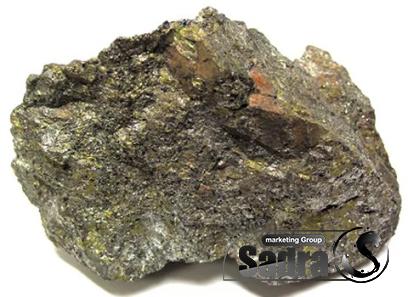

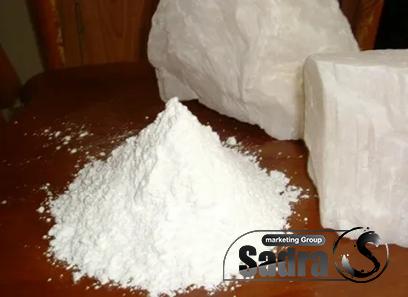

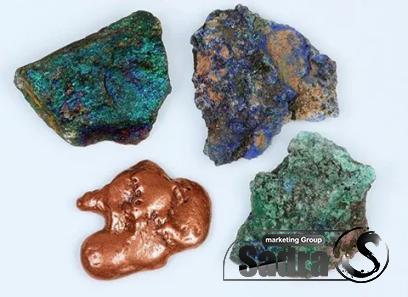



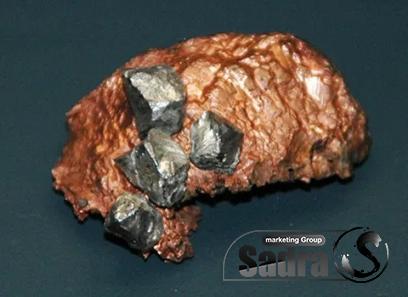

Your comment submitted.